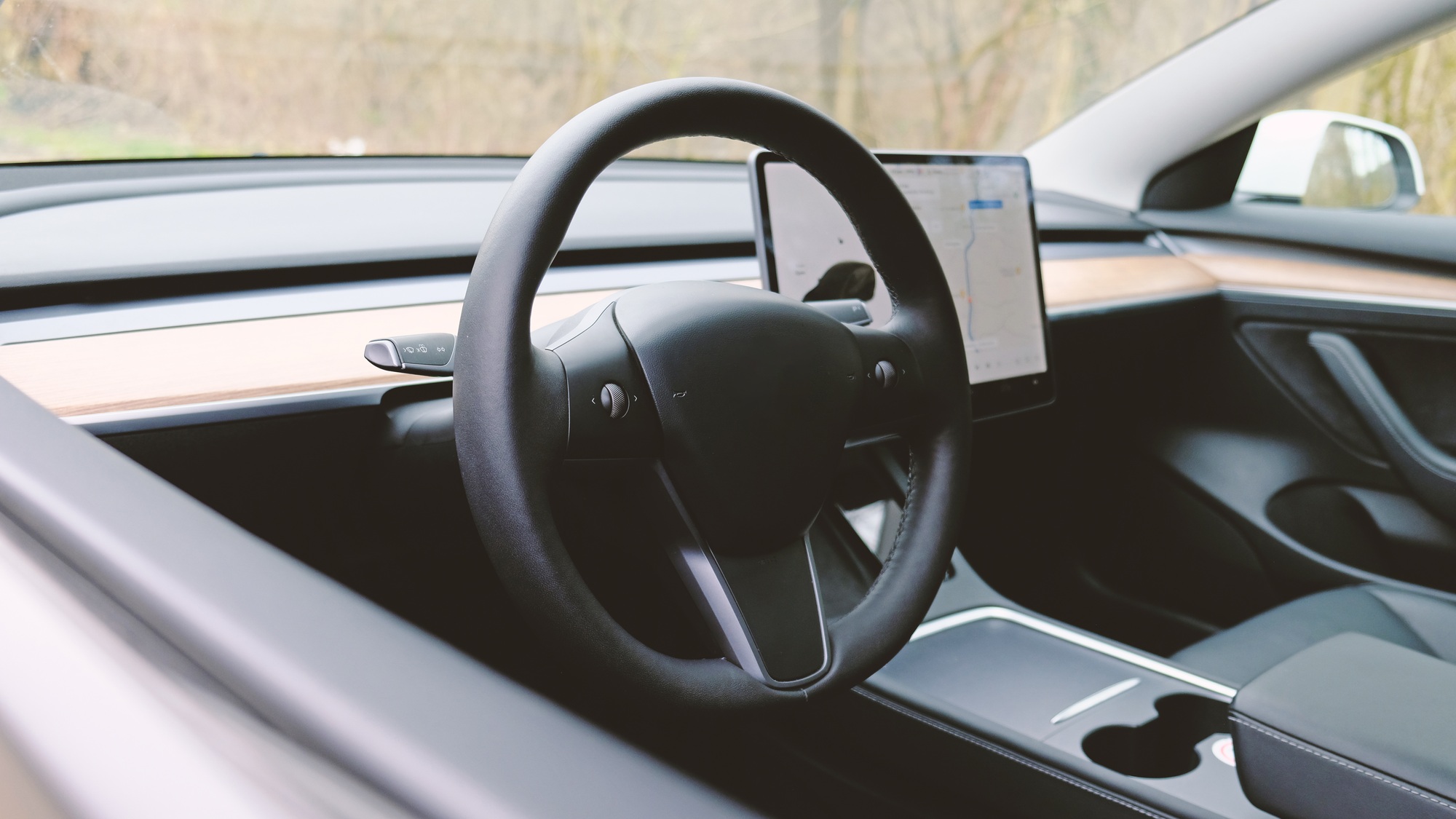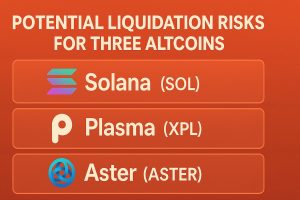Tesla has officially confirmed a substantial hardware overhaul designed to significantly improve its autonomous driving capabilities. This update marks a pivotal moment in Tesla’s ongoing efforts to lead the electric vehicle industry with advanced self-driving features.
In recent months, Tesla has been under increased scrutiny and excitement from investors and industry experts regarding its autonomous driving progress. The company has consistently pushed the boundaries of vehicle automation, with its Autopilot and Full Self-Driving (FSD) features at the forefront of this technological race.
The recent announcement reveals that Tesla is rolling out a new hardware suite, which includes upgraded sensors, cameras, and processing units. This overhaul is expected to enable the vehicles to process data more efficiently and make better driving decisions in complex environments. The hardware change is described as “massive,” emphasizing its scale and importance in Tesla’s roadmap for full autonomy.
This hardware update impacts existing Tesla vehicles equipped with older systems, as well as new models entering the market. The upgrade aims to address current limitations in Tesla’s autonomous system, such as navigating complex urban environments, improving object detection, and enhancing overall safety.
Market experts view this move as a strategic step to accelerate Tesla’s autonomous driving ambitions. The hardware change is expected to enable Tesla to deploy more advanced software updates, potentially leading to true full self-driving capabilities in the near future. Such advancements could give Tesla a competitive edge over other automakers investing heavily in autonomous vehicle technology.
Following the announcement, analysts have expressed optimism about Tesla’s technological trajectory, though some caution that regulatory hurdles and testing remain critical challenges. The company’s focus on hardware improvements underscores its commitment to achieving fully autonomous vehicles, which could revolutionize transportation and redefine vehicle ownership models.
Looking ahead, investors and consumers should keep an eye on Tesla’s upcoming software updates and regulatory approvals. The company’s next earnings report and autonomous driving milestones will be key indicators of its progress and market impact.
What is the main purpose of Tesla’s hardware update?
The hardware update is aimed at significantly enhancing Tesla’s autonomous driving capabilities by upgrading sensors, cameras, and processing units for better data processing and decision-making.
How will this change affect existing Tesla owners?
Existing Tesla owners with older hardware will likely receive the upgrade through over-the-air updates or service visits, improving their vehicle’s autonomous features and safety.
What are the potential challenges Tesla might face with this update?
Regulatory approval, testing, and ensuring safety standards are the primary hurdles Tesla must overcome to fully realize the benefits of this hardware upgrade in commercial autonomous vehicles.







